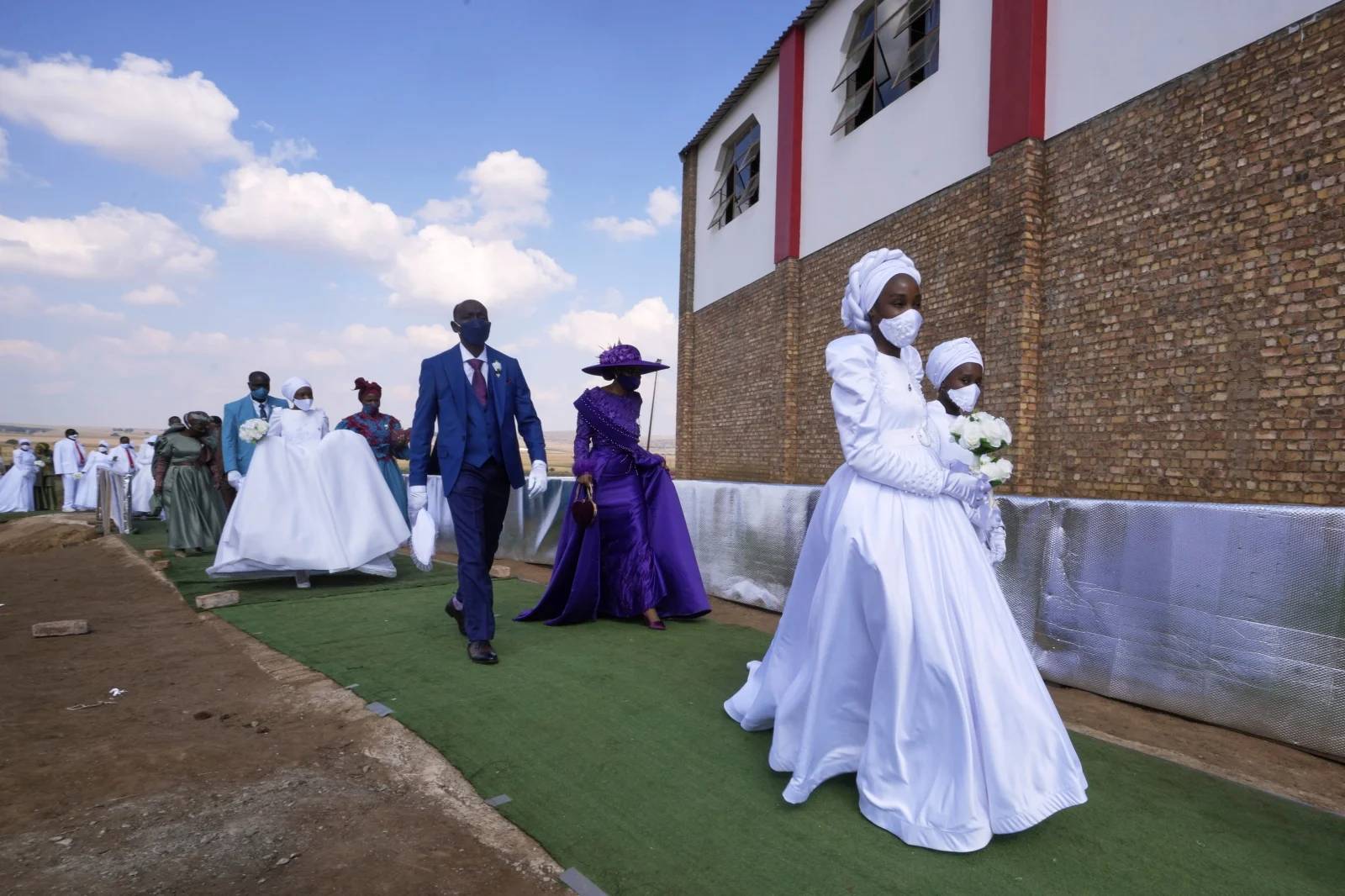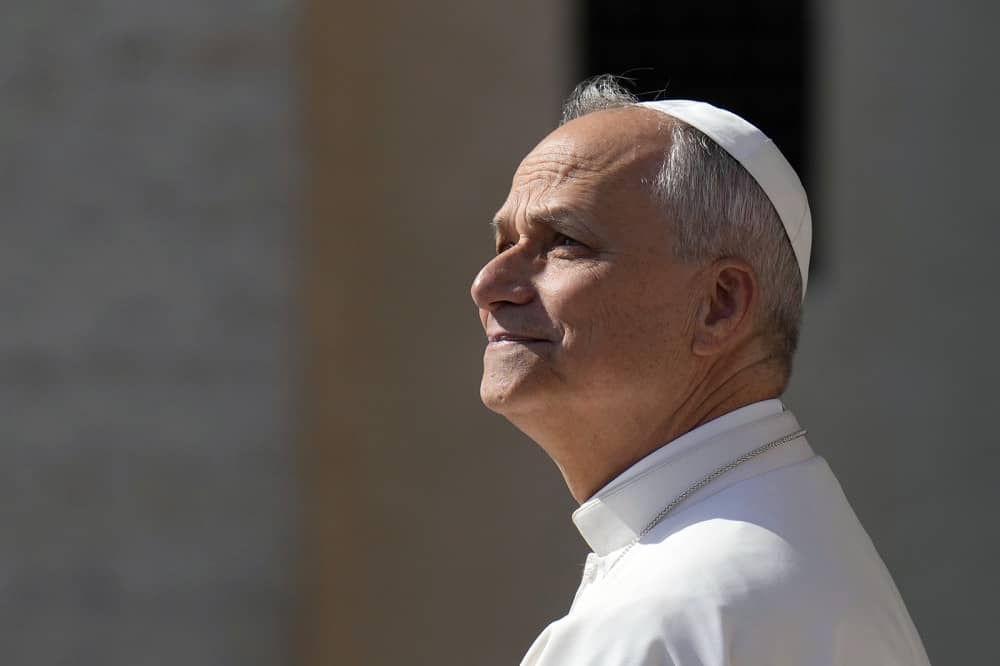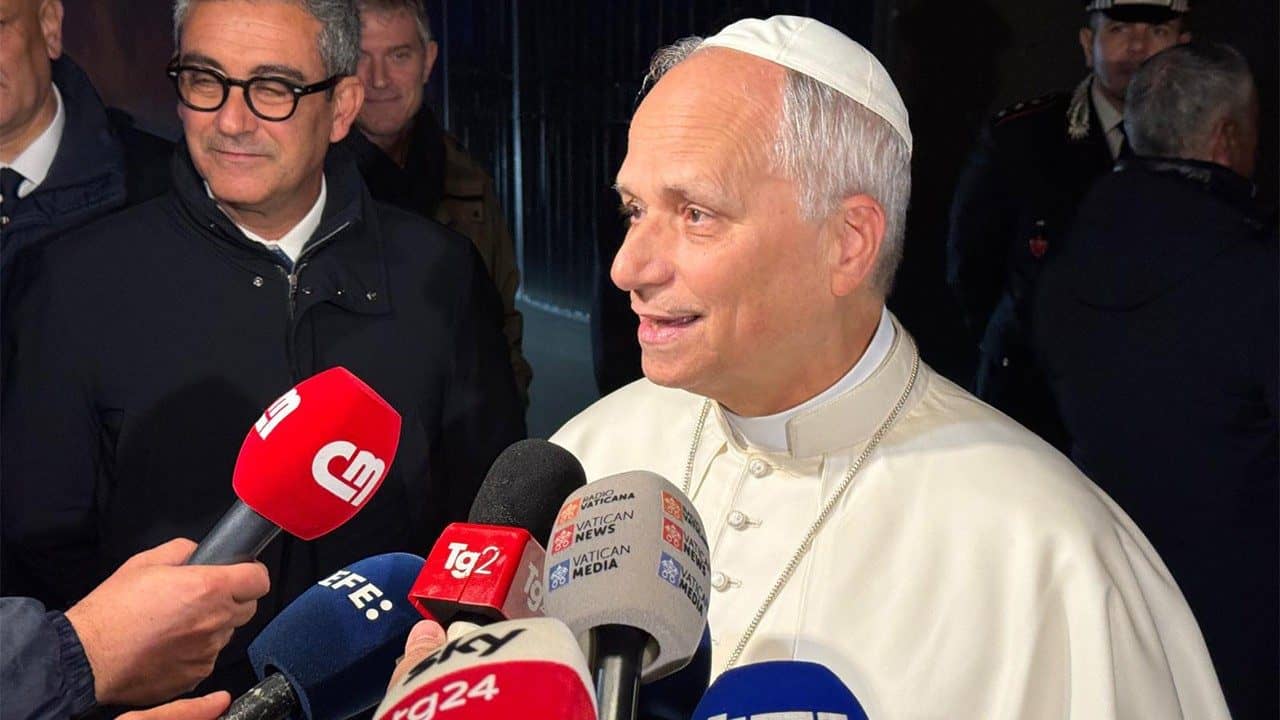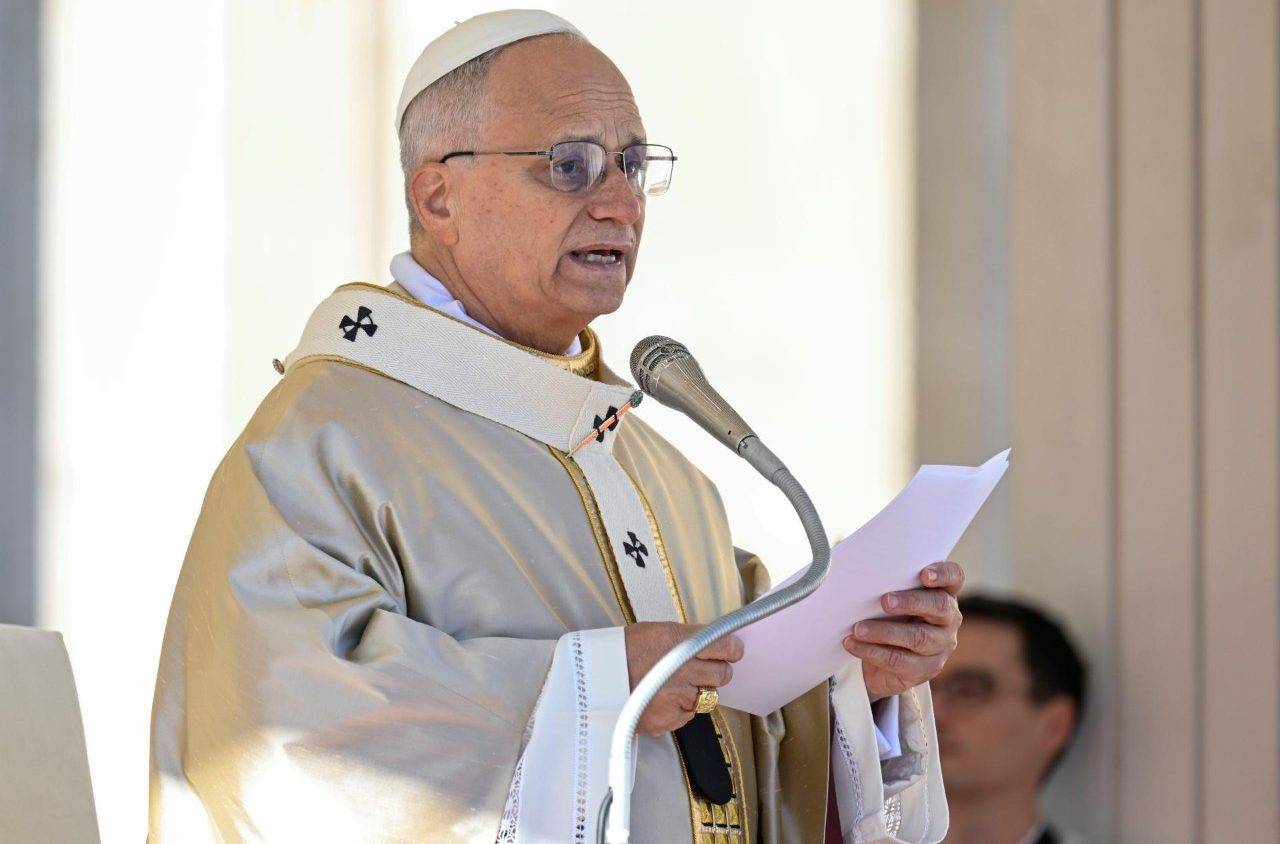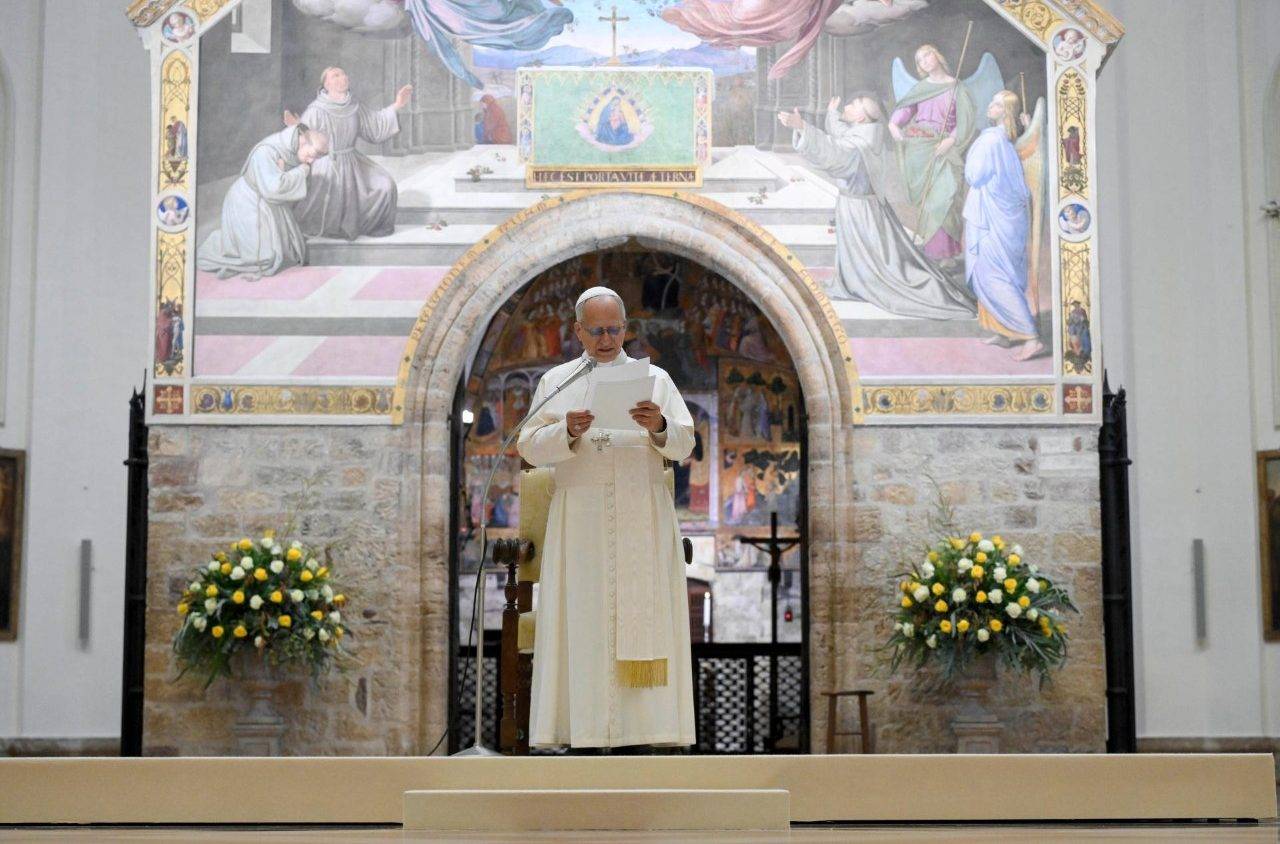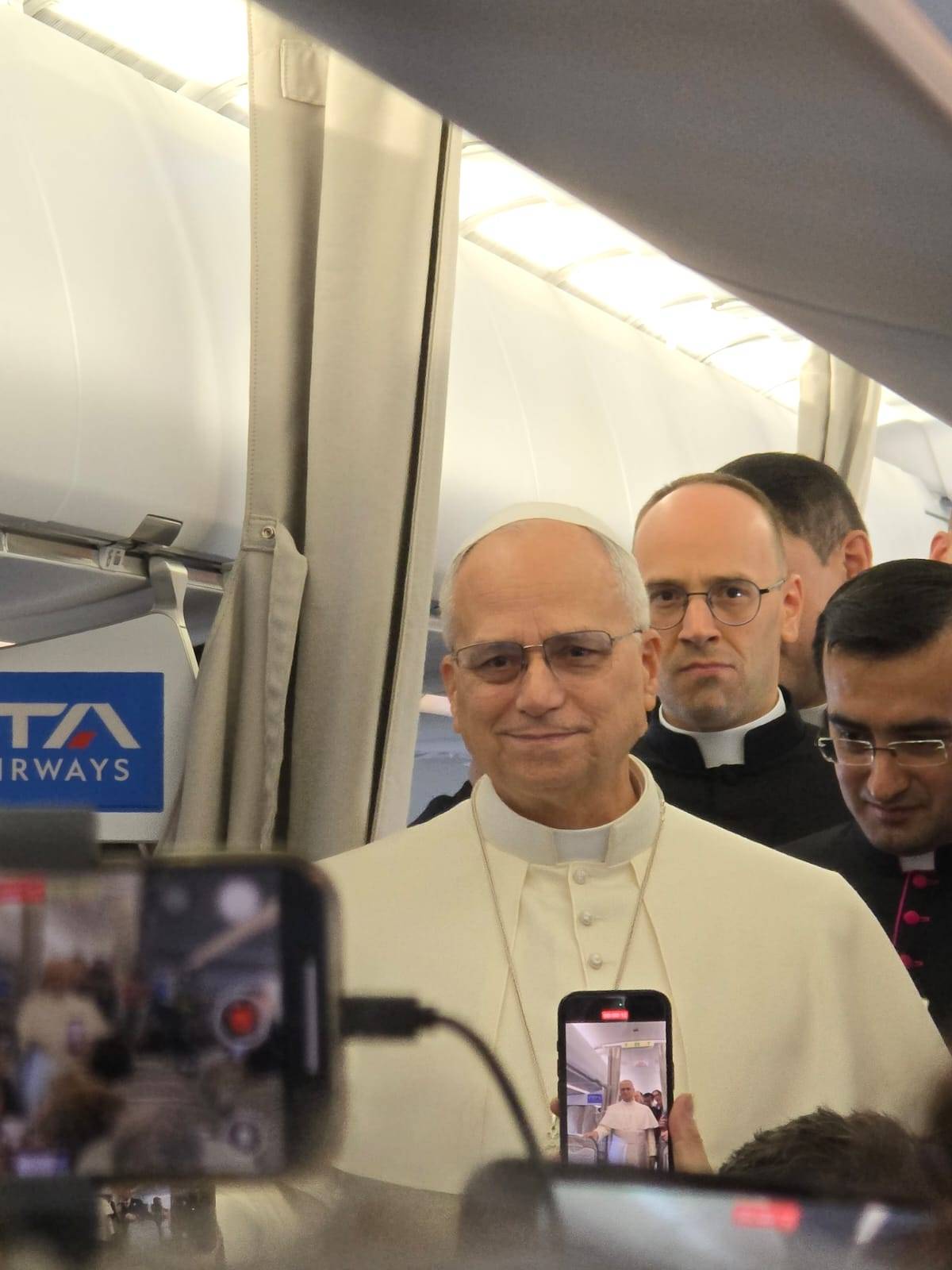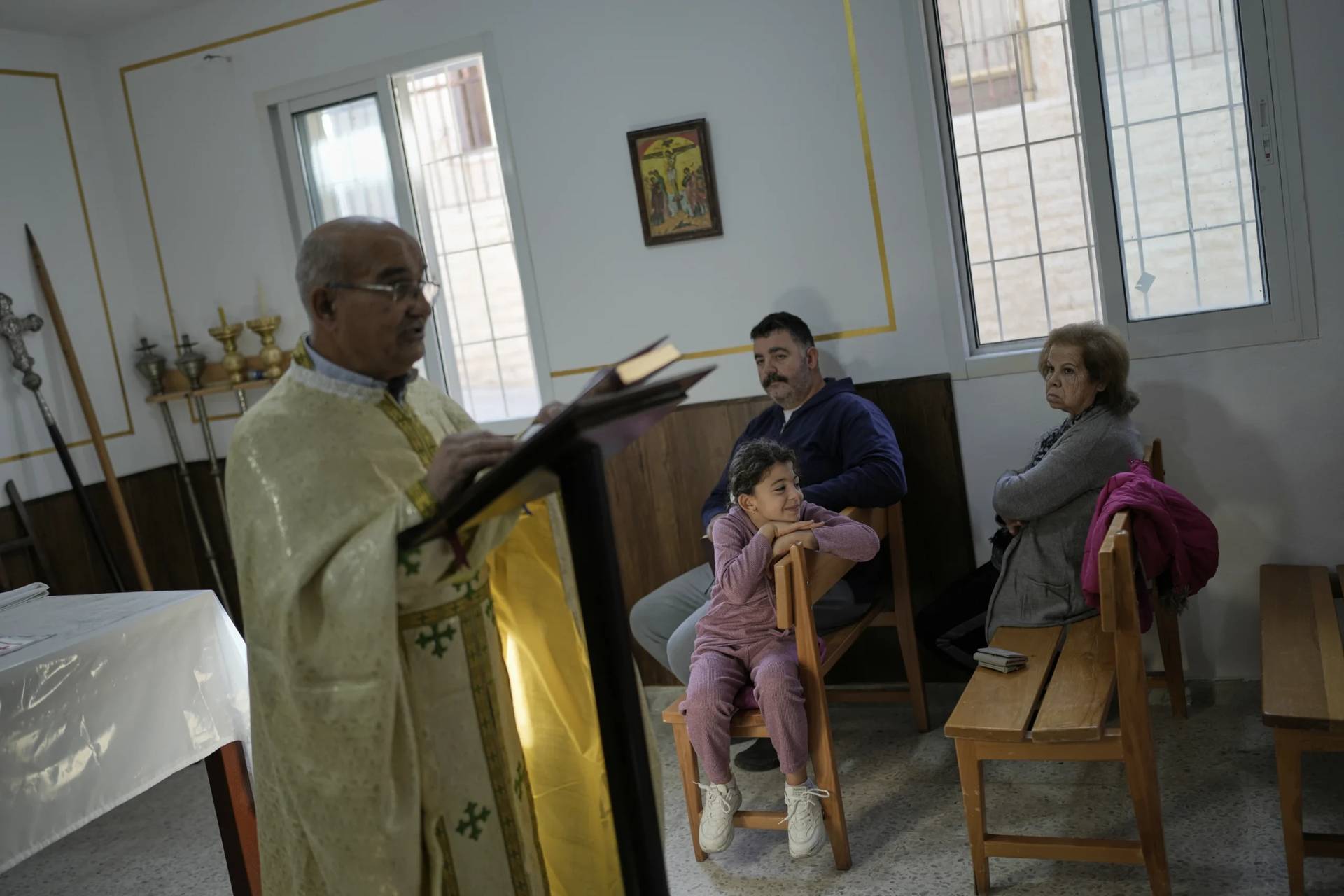ROME – When Pope Francis creates his eighth crop of new cardinals on Aug. 27, including 16 who will be eligible to elect his successor, it will solidify his reputation as the “Pope of the Peripheries,” featuring first-ever cardinals from Paraguay, East Timor, Singapore and Mongolia.
Traditional centers of ecclesiastical power have seen their predominance slip in the Francis era. In 2013, when Francis was elected, Italians accounted for 24 percent of all the cardinal electors; as of Aug. 27, that percentage will fall to 15.8 percent, so by about a third.
Curiously, there’s one periphery in his own backyard that Francis hasn’t really privileged with his distribution of red hats: the Italian south, or, as the Italians themselves would call it, il Mezzogiorno, referring to midday when the sun is at its peak. The area largely coincides with the territory that belonged to the Kingdom of Two Sicilies under the Bourbon dynasty in the 19th century, before unification into the new Kingdom of Italy in 1861, with the exception of the island of Sardinia, which nonetheless is often combined with the south for statistical purposes.
The two new Italian cardinal electors in the August crop are both northerners, Oscar Cantoni of Como, who was born in Lombardy, and Giorgio Marengo, the current apostolic prefect of Mongolia, who comes from the Piedmont region. Overall, as of Aug. 27, the south will have just five of 21 voting-age Italian cardinals, less than one-quarter, despite the fact that the eight regions that make up il Mezzogiorno account for a third of the national population.
(For the record, one of the new honorary over-80 cardinals, Emeritus Archbishop Arrigo Miglio, is the former shepherd of Cagliari in Sardinia. However, Miglio was born, grew up and ordained in Piedmont.)
It must be stressed that the relative neglect of il Mezzogiorno in shaping the leadership of the Italian hierarchy is hardly unique to Francis; indeed, it’s been more or less informal ecclesiastical policy since unification in 1861, possibly because every Italian pope during that stretch, eight in all, were from the north, and the last three have been from Poland, Germany and Argentina, with no particular ties to the Italian south either. (Indeed, Pope Francis’s own ancestors hail from the northern region of Piedmont.)
Francis has shown solicitude for the south, making Bishop Nunzio Galantino of Puglia secretary of the powerful Italian bishops’ conference and then head of the Administration of the Patrimony of the Holy See, and also elevating the former secretary of his council of cardinals, Marcello Semeraro, who’s also from Puglia, as a cardinal in his last consistory and naming him prefect of the Congregation for the Causes of Saints.
Arguably, Francis has also recalibrated the traditional preponderance of the North a bit by not appointing new cardinals in some of its most historic sees, such as Turin, Venice and Genoa, although it also has to be said that he hasn’t named new cardinals either in the historically preeminent sees of the South, including Naples, Bari and Palermo. In general, he’s distributed his Italian red hats to more non-traditional venues, but without fundamentally altering the North/South equation.
At the moment the Piedmont region alone, despite having less than a quarter of the population of the south, has almost as many cardinal electors a the entire south with four.
That’s an especially bitter pill for many southerners to swallow, given that it was the Army of the Piedmont that unleashed a brutal undeclared civil war on the south in the 1860s, justified in the name of putting down criminal “brigands” but seen today by most historians as a campaign to suppress opposition to unification – which, to many southern ears, sounded suspiciously like domination from the north.
Those memories, and the resentments they engendered, are still very much alive. To this day, a rock anthem recorded by the Italian group “Stormy Six” in 1972, titled “Pontelandolfo” for a village in the Campania region that was the site of a brutal reprisal killing by northern troops in August 1861, is still celebrated in the south.
One key bit of its lyrics goes like this: “Before a Piedmontese assassin sets foot here again, I swear on my mother, it’ll be over my dead body.”
In 2011, former Prime Minister Giuliano Amato apologized to the villages in the south where atrocities occurred, and in 2019, the city of Naples – the onetime capital of the southern kingdom – decided to quietly relocate a bust of the northern General Enrico Cialdini, who ordered the assault on Pontelandolfo and Casalduni in August 1861, from its economic affairs ministry. The placement had been seen as especially ironic, because ever since unification, the south in economic terms has lagged significantly behind the affluent north.
Noble Prize-winning Swedish economist Gunnar Myrdal once described this development gap in terms of “Italy’s failure towards its South: An solemn, undeniable, immense failure that should prompt a large scale examination of conscience on the part of all honest Italians.”
At the moment, rumors are swirling in Rome that Francis either suffers from an undisclosed health condition, or that he may be contemplating retirement, or that both things may actually be the case. Should all that turn out just to be over-heated summer gossip, however, and Francis is still around for at least another year, he will have chances to reach out to this neglected periphery in his adopted country.
For instance, he’s scheduled to visit the fabled city of Matera in the southern region of Basilicata in September. (One thing we know is that he won’t be going by train – despite the fact that Matera in 2014 was declared a European “capital of culture,” it still doesn’t have its own state-funded train station more than 160 years after unification. As part of Italy’s post-COVID recovery plan, a station is supposed to be constructed beginning in 2023 and to become operational in 2026. Given the long history of such ambitions going awry, however, many southerners aren’t holding their breath.)
In terms of red hats, four of those northern Italian cardinals are presently 79, and by early February 2023 all will become ineligible to take part in a conclave. That creates some new spots for the pope to fill, and it’s entirely possible that he could decide to elevate a few more cardinals from the Mezzogiorno.
One possibility might be a red hat for the Archbishop of Gaeta, a once-thriving seaport located between Rome and Naples. Not only was it where Pope Pius IX took refuge in 1848-49 during the short-lived revolutionary Republic of Rome, it was where the final Bourbon king, ironically also named “Francis,” made his last stand in 1861. (King Francis II today is a candidate for beatification, proposed by the bishops of Campania in 2020.)
Gaeta is also the site of what’s possibly the largest mass grave created during the Italian civil war, discovered one hundred years later during centenary celebrations in 1961. A reported 2000 corpses were found, a mix of Bourbon soldiers and civilians, on the construction site of a new school.
Archbishop Luigi Vari is from Segni, a village about an hour south of Rome, and was appointed to Gaeta by Pope Francis in 2016. He’s just one of many possibilities, but for Italians who know their history, it would be a meaningful one indeed.
As ever, time will tell … la gente del Mezzogiorno, the “people of the south,” are used to waiting.





